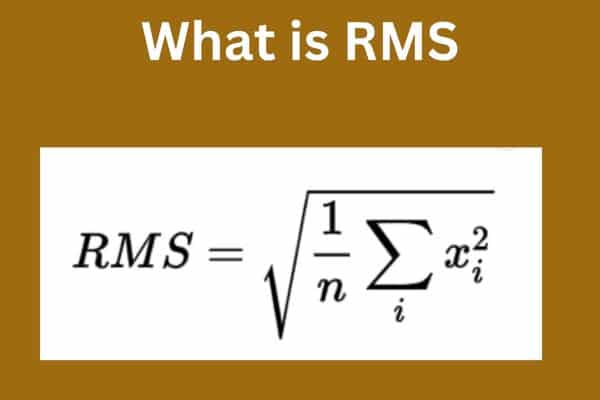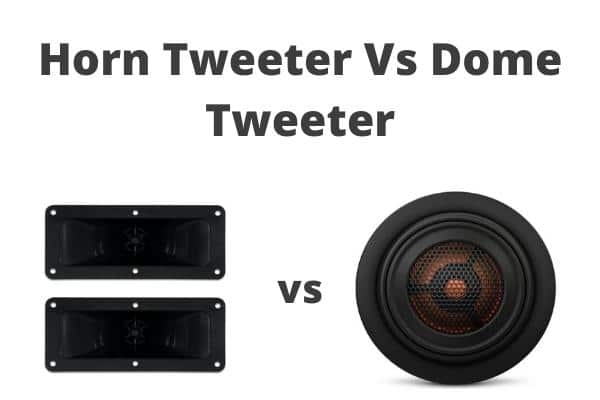
Have you ever heard the term RMS when shopping for new speakers but are not sure What is RMS?
Short for Root Mean Square, this technical term is used to describe the power output of an amplifier or speaker. The RMS value of your speakers impacts their sound quality, so paying attention to the specifications of each model you consider buying is essential.
Let’s examine what RMS stands for and how it affects speaker quality and overall sound.
What Does RMS Stand for?
RMS is often used in the speaker world to describe power output. It stands for Root Mean Square, which translates to the equivalent amount of watts that you can expect from a system as opposed to peak watts (what your speakers would put out if you were playing at loud volumes).
For instance, with an RMS wattage rating of 300, your speakers will only produce 150 watts at their max volume level.
What Is RMS Power?

RMS power (root mean square) refers to the ability of a device to maintain an output voltage or current at a specified value.
This specification often pertains to amplifiers concerning their power output. It is also essential for speakers because they have specific power requirements.
For example, some speakers might be designed for 100-watt amps while others can only handle 60 watts.
If you try to use a 100-watt amp with 60-watt speakers, your speakers will burn out very quickly from the difference in power level.
What Does RMS Power Mean for Audio Equipment?
So, what does RMS power mean for audio equipment? The acronym stands for Root Mean Square, a mathematical way to calculate average power. As such, when speakers are listed with an RMS value of 20 watts per channel, that will mean that each watt in use will produce at least 20 watts worth of sound on average.
As you may have guessed, variables are involved in measuring power at any given moment depending on volume levels or placement within the room.
However, this gives you a ballpark figure to start with when shopping for a speaker system. It is crucial to remember that these numbers only refer to continuous power draw, meaning if you are playing music without pauses, the total amount of time spent drawing energy from your battery can add up significantly.
If you use your phone as a source for music playback, paying attention to its battery life is key, especially if you listen to high-volume tracks all day long!
Why You Should Care About Your Speaker’s RMS Power Rating
The measure of your speaker’s overall power, known as the Root Mean Square (RMS) value, is just one way to characterize a set of speakers.
The specification indicates how many watts a speaker will typically consume over an extended period at a specified impedance level.
As a general rule, higher RMS ratings equate to better sound quality as long as you keep the other specs in mind, such as sensitivity, frequency response range, size, and more.
But if you want loud volumes for larger spaces, look for speakers with a high RMS rating combined with powerful drivers and an amplifier that can push them to their limits. In this case, wattage might not be everything!
The Difference Between Peak Power, Continuous Power, and RMS Power
Peak power is the power your amplifier can use at its maximum volume without distorting or breaking.
Continuous power (watts) refers to the amount of power that will be pushed into a set of speakers over time.
RMS, or Root Mean Square, means that you will measure the average current of all those watts over time. A continuous signal will produce higher peak volumes but lower RMS levels than an alternating signal.
Conclusion
It is essential to know what is RMS rating for a speaker system. When people talk about total watts, peak, or RMS power, they refer to different things.
Peak power might be helpful for momentary loud noises like bursts of snare drum hits in music. Still, if you are interested in long-term listening, you need to know how the continuous RMS rating relates to your sensitivity.






